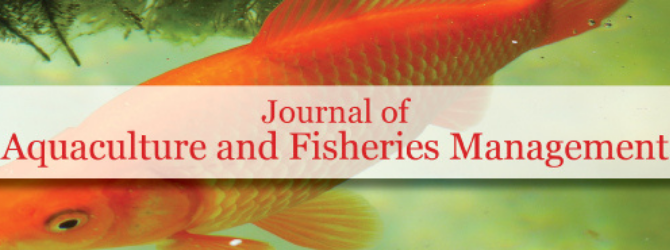
Sign up for email alert when new content gets added: Sign up
Microphytobenthos (MPB) is “Secret Garden” of shallow-water unvegetated marine habitats (Miller et al. 1996), in the intertidal mangrove wetlands. Year-round variation in the taxonomic structure of microphytobenthos in a riverine mangrove forest was investigated in the Cochin backwaters, southwest coast of India. About 119 species of microphytobenthos comprising diatoms (113 species), cyanobacteria (4 species), dinoflagellate (1 species) and euglenophytes (1 species), in which Pennate diatoms dominated 92%. Major subclasses of diatoms identified were Bacillariophycidae, Fragilariophycidae, Thalassiosirophycidae, Melosirophycidae and Coscinodiscophycidae. Top ten species identified were Skeletonema sp. (259 cells cm-³), Diploneis suborbicularis (237 cells cm-³), Amphora cymbaphora (156 cells cm-³), Amphora crassa (130 cells cm-³), Pinnularia cruciformis (124 cells cm-³), Navicula pseudocomoides (124 cells cm-³), Navicula perrhombus (121 cells cm-³), Navicula erifuga (118 cells cm-³), Gyrosigma balticum (115 cells cm-³) and Achnanthes brevipes (113 cells cm-³). Average levels of fluvial nutrients estimated in the porewater were NO3-N (28±19.7 µmol L-1), PO4-P (3.77±4.6 µmol L-1) and SiO4-Si (33.12 ±27.2 µmol L-1). Numerical abundance and biomass of MPB were maximum during June (Monsoon season). MPB diversity was maximum during Post-monsoon - February (H´- 3.67) and lowest during Pre-monsoon - April (H´- 2.44). In contrast, a decrease of salinity, nitrate and phosphate along with the acute effect of seasonal variation was also responsible for the dense cyanobacterial mats.